1
HOME > Tips & Advice >
12 SUNGLASSES MYTHS SOLVED
Written by Jamie Bartlett in Tips & Advice on the 3rd August 2021
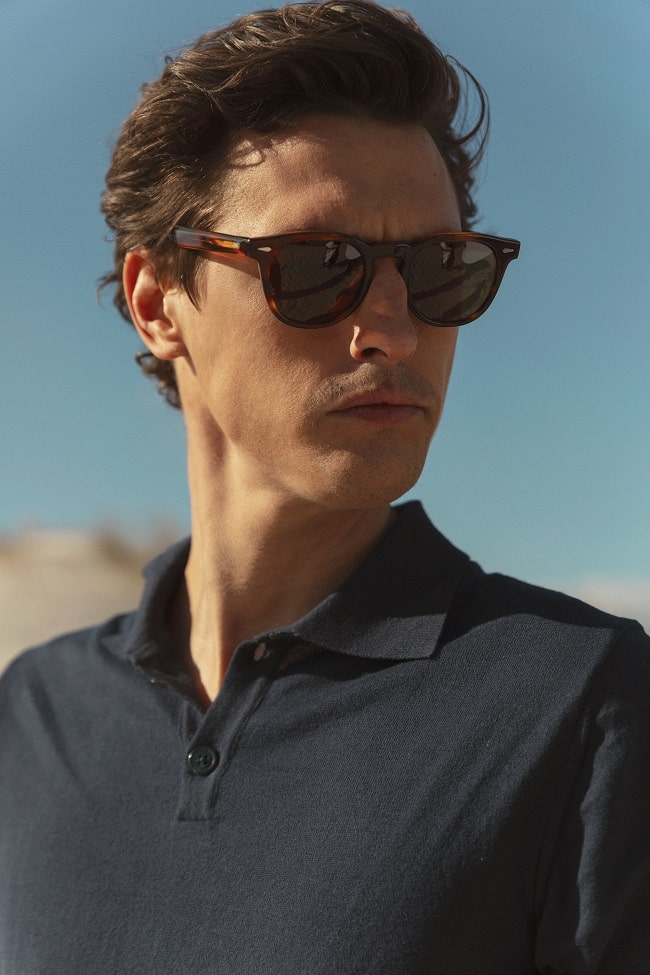
Is it true sunglasses can damage your eyes? Asking for a friend. For such a pertinent summer accessory, there’s many a myth that follows the annual ‘where’s my sunglasses’ day in early spring. Enough with the rumours and hearsay. Let’s solve the most common sunglasses myths to resume peace of mind for your summer ensemble.
Dark lenses means more protection
False. This is probably one of the biggest mistakes when choosing sunglasses. The lenses filter visible light as well as UV light, which aren’t the same thing. Visible light is how bright or dark your lenses are to look through, which is mostly for visual comfort. But UV light is invisible and is what all sunglasses must protect you from.
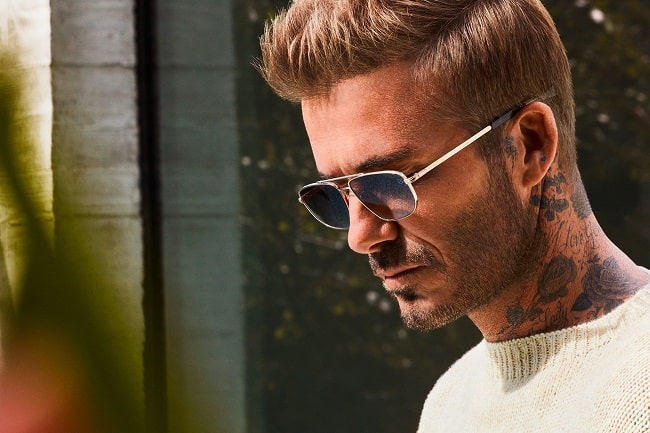
All sunglasses are UV protective
False. Unless they’re labelled with the CE mark or UV400, illegitimate or black-market sunglasses are often fitted with lenses that won’t protect your eyes. Behind dark sun lenses, your pupils dilate allowing damaging unfiltered UV light into your eyes. Ouch. Always check the frame for labelling or fine printing which states the correct UV protectivity.
UV40 is the same as UV400
True. UV40 and UV400 are the same thing. Check your sunglasses small print to see if they state either. The most damaging UV frequencies range from 10 up to 400 nano metres. Legitimate sun lenses will block UVA to UVB frequencies, hence the name UV400.
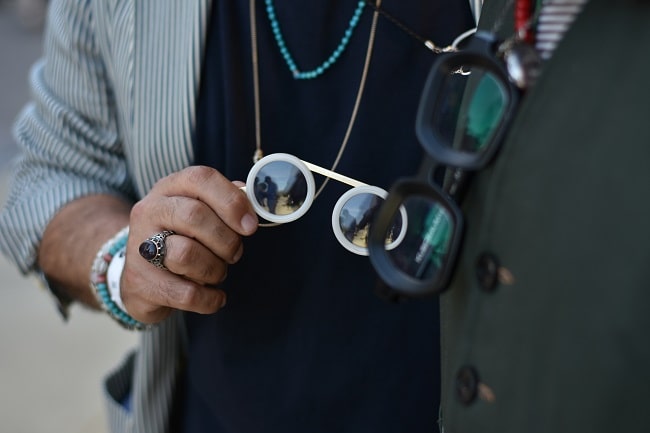
Sunglasses are anti-glare
False. Anti-glare is lens coating, not a lens type. Ironically, it’s designed to let more light through a lens instead of being blocked out. However, premium sunglasses use anti-glare on the rear side of their lenses. This allows visible light to pass through from the back instead of being reflected into your eyes. Pro tip… Compared to wrap-around sports frames, fashion sunglasses have flatter frame fronts. This flatness creates gaps allowing sunlight to sneak-in behind your lenses. To prevent annoying reflections, rear surface anti-glare is a worthy upgrade.
Polarised lenses give better protection
False. Polarised sun lenses are an upgrade whilst UV is imperative. Polarised lenses contain an inbuilt lens filter to diminish glare from flat shiny surfaces such as wet roads, the sea, snow or ice. Polarised sunglasses are more consistent in various light conditions, minimising visual fatigue. They’re especially good for lengthy visual activities in the sun.

Lens colours affects UV protection
False. Regardless of colour, all UV400 sun lenses will sufficiently protect your eyes from the sun. For fashion sunglasses, the tint colour is purely a visual preference and style choice which you can weave into your summer look. Grey, green and brown are the most common lens colours. Coloured mirrored lenses reduce glare, but not as effectively as polarised ones.
Size matters
True. Large sunglasses frames provide better overall protection from the sun. Because they cover more of your face and eyes, they block more sunlight entering from above and from the sides of the frame. This is why Aviator sunglasses were popularised by WW2 pilots as they simulated the coverage of flying goggles.

Scratched lenses are bad
False. Agreeably, scuffed shades aren’t a great look, but the odd scratch won’t affect the functionality of your lenses. Your eyes will be protected even though you could probably do with a freshen up. Oh, and good quality sunglasses can be fitted with new lenses instead of just buying a new pair. “Mend, don’t end” as they say.
No sun, no shades
False. Even on overcast days, UV light can still damage or place strain on your eyes. Having ‘back up’ sunglasses can be really helpful. If you’re a real nerd, sun lens darkness is rated into categories ranging from 1 to 5. Everyday sunglasses are usually category 3 with a good all-round tint darkness. Category 2 lenses are less dark but will take the edge off on mildly sunny days. They’ve also got that Hollywood vibe too. Think Johnny Depp. Category 5 lenses are extremely dark. They’re designed for mountaineering and are illegal for driving in the UK. Steer clear.
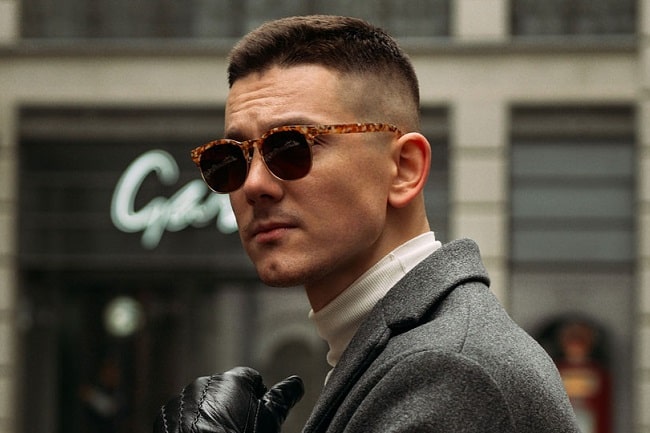
Designer sunglasses are mass produced
Mostly true. Sunglasses by large fashion brands are generally licenced to large optical factories in Italy or China. Made in their millions, the big brands share the same production lines, components and retail outlets. For something more artisanal, find specialist makers or seek out boutique specialist retailers who’re more likely to carry lesser known but better-quality sunglasses frames.
Spring hinges are good
Painfully false. Spring hinges are a ‘one size fits all’ petrol station solution to mass produced sunglasses. They solve the problem of sizing and fit, but they quickly fail or lose their tension which results in the dreaded floppy hinge syndrome. Instead, opt for solid metal hinges which are traditionally fastened with rivets. Oh, and good quality hinges can be re-tightened and last much longer.
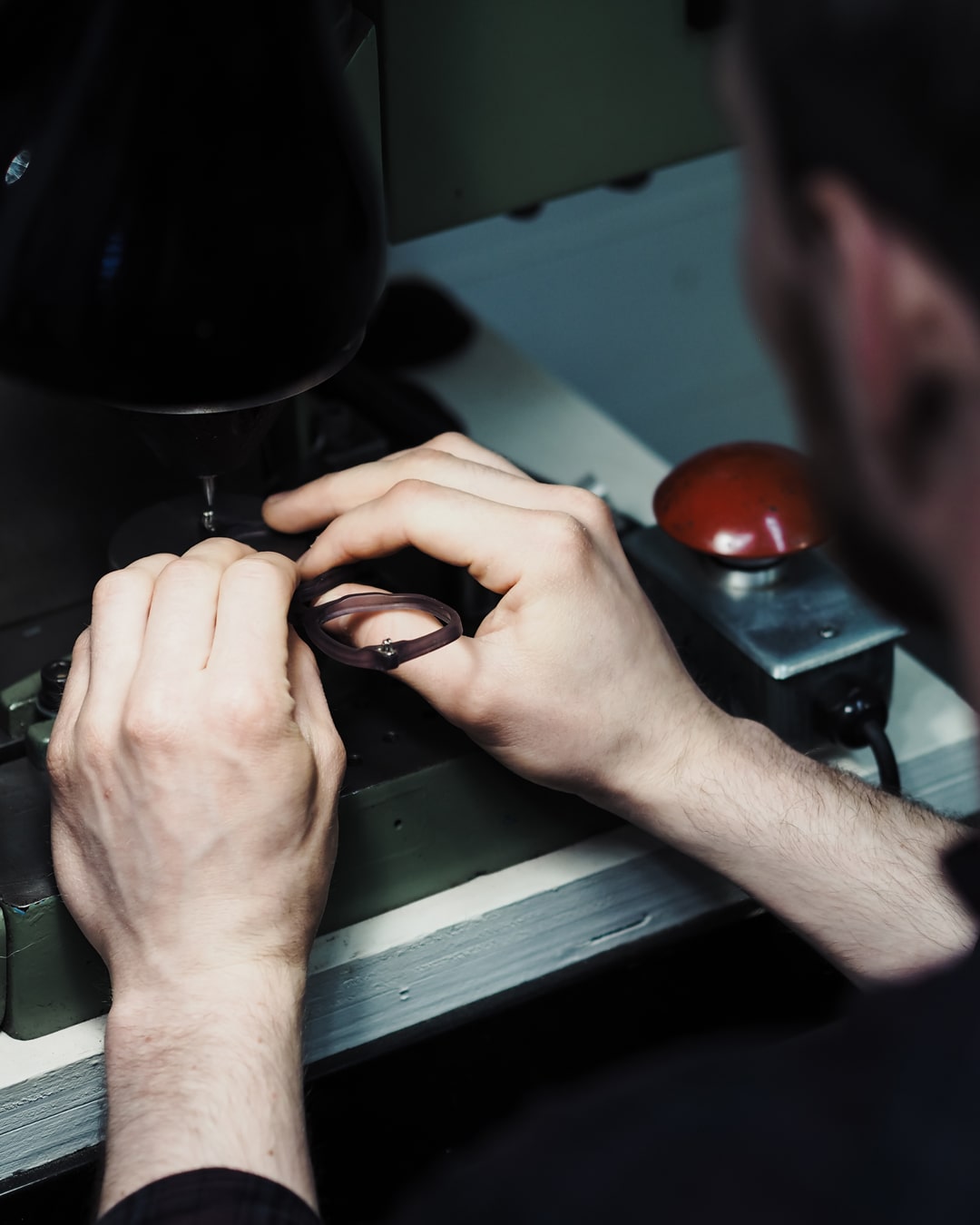
Tortoise sunglasses come from real shell
False. Modern tortoiseshell sunglasses are made from a bio-material called cellulose acetate. Developed in the 1940’s, it replaced old fashioned natural materials such as horn, bone, sharkskin and yes, real tortoiseshell. Nice on your eyes and even nicer on the planet.
There’s science to face shape & sunglasses
True. Unless you’re a rule breaker, you’re best choosing sunglasses that contrast your face shape. Let’s say you have a square head and strong jawline. Round sunglasses are the way to go. They’ll balance your angular features nicely. Conversely, if you have soft facial features and a roundish head, stick to sharper frames with pointy corners. It’s all about balance, people.
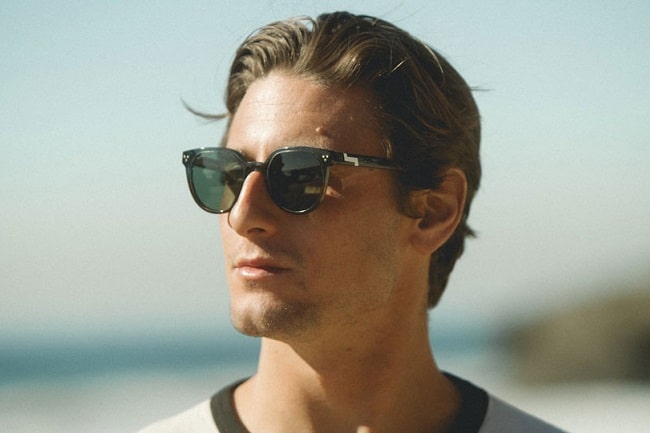
Hot cars ruin sunglasses
True. Left inside their protective case, stowed in your glove box or left on your dashboard, sunglasses can be severely damaged inside your car if the temperature exceeds 30°C. Acetate frames soften when hot, which can permanently warp the frame out of shape. Polarised lenses can even delaminate and become damaged in intense heat, so keep your sunglasses, pets and children out of your parked car, especially if it’s a scorcher.
Do you wear sunglasses year-round? #style
— Menswear Style (@MenswearStyle) August 3, 2021
Trending
2
3
4
5
6
7
8
9
10









